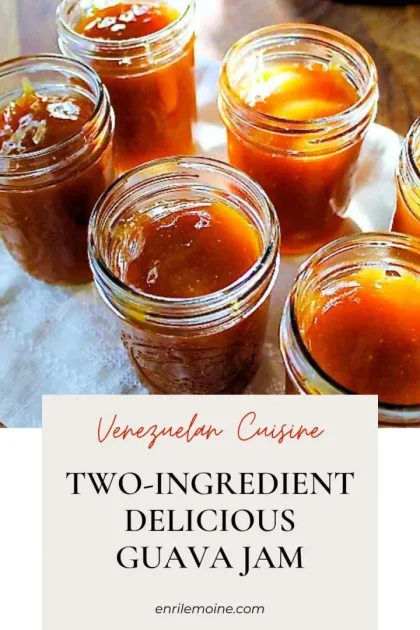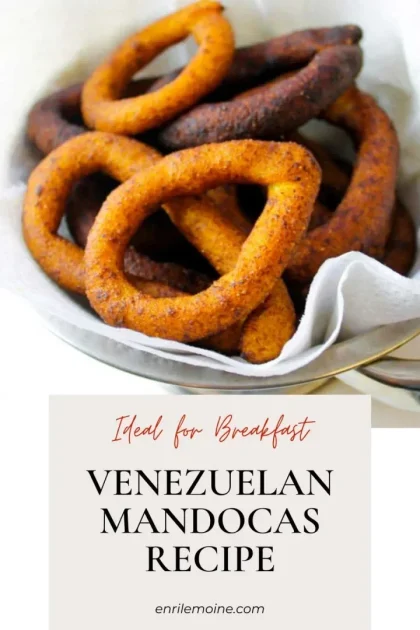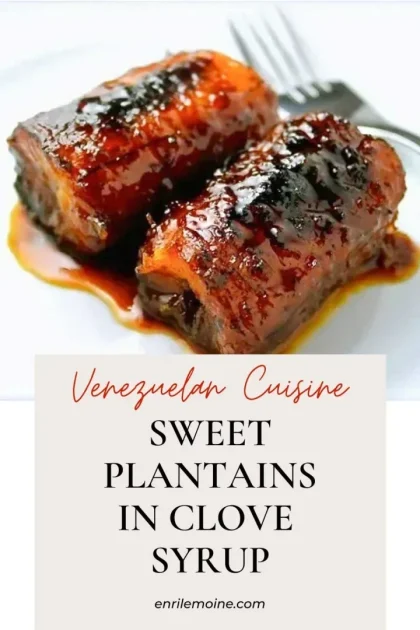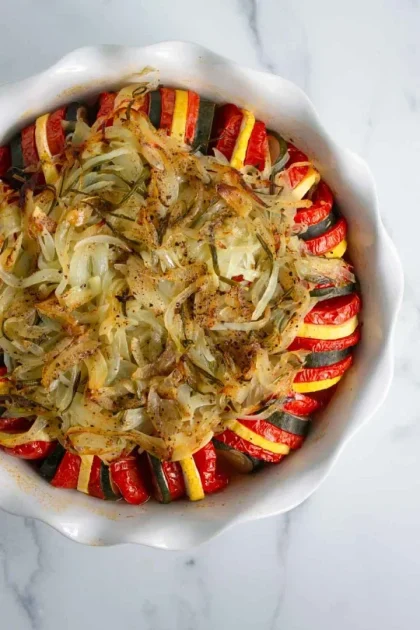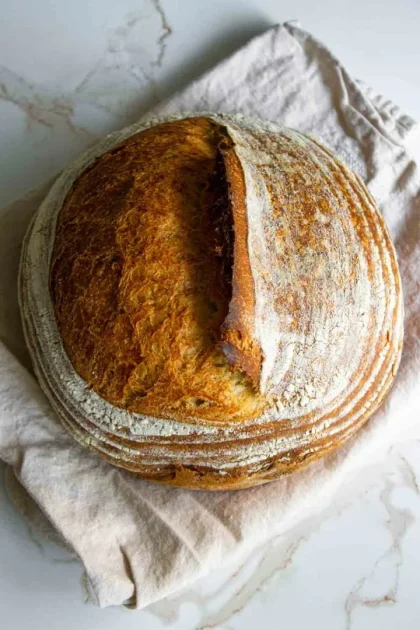I promise you these are the most mouth-watering arepas you’ve ever tasted. These aren’t your typical arepas – oh no! These are arepas enriched with eggs and cheese and melted butter. So come on, treat yourself to the most succulent arepas your taste buds have ever experienced.

Note: Through the Amazon Associates Program and other affiliate programs, I am compensated for products sold through the affiliate links in this post at no cost to the buyer.
Enriched dough to make gourmet arepas
Typically, arepa dough is made with pre-cooked corn flour (aka arepa flour,) water, and a pinch of salt. These arepas with eggs and cheese differ from the traditional Venezuelan arepa in that their dough is enriched.

The result is a soft and fluffy arepa. This isn’t just food; it’s pure indulgence. Why deny it: these are gourmet arepas. They are so rich that you can even eat them alone. But if you stuff them with cheese or the protein you want, they are not only heavenly and delicious, but they also make a complete meal.

An enriched dough to make satisfying arepas
I first posted this recipe in March 2011. At the time, I was living in Southern California with five boys. I was the only Venezuelan (my kids were just kids) and the only one who knew how to make arepas. But everyone loved them.

So I decided to make this enriched dough, thinking that since it was more caloric, I would have to make fewer arepas —a big mistake. The effect was utterly the opposite. These arepas became my family’s favorite, and everyone wanted more.
The magic of the arepa toaster

My children carry arepas in their DNA. It couldn’t be any other way because they were born in Venezuela. And after all, we Venezuelans say that each baby is born with an arepita (little arepa) under his/her arm.
The issue here is that I had managed to convert my American family to the cult of arepas. And from that cult, once you enter, you never leave.

So I decided it was time to buy my first arepa maker. This way, I could more efficiently satisfy my kitchen’s growing demand for arepas.
The wonder of making the arepas in an arepa maker is that you make the dough, form the balls, and the toaster takes care of the rest: it gives them the perfect shape and cooks them evenly on both sides.

There is no flipping or watching. You program the time, and a buzzer alerts you when the arepas are ready. That’s why I recommend arepa makers. There is nothing like an arepa maker, especially for the amateur and those discovering the art of making arepas.
The return of the budare
For a long time, I made my arepas in that arepa maker. But now that we live in Miami and fewer of us, I have returned to the traditional cooking technique. I shape my arepas by hand and cook on a budare or griddle on the stove.

There is something about making arepas in the traditional way that connects me with my origins. As if it were yesterday, I remember my grandma Ligia kneading and making arepas to feed her large family.
There is something about making arepas in the traditional way that connects me with my origins. As if it were yesterday, I remember my grandmother Ligia kneading and roasting arepas to feed her large family every night.
Nothing comforts more than an arepa

The explanation of why we like arepas is more than evident. It’s not just that they’re delicious. It is that they make us feel at home. Where there is a Venezuelan, there are arepas. And where there are arepas, there are Venezuelans.
We’re made of arepas. We’re raised on arepas. The arepa is our daily bread. And every time I make arepas, I remember who I am and where I come from. And fortunately, and because of our growing Venezuelan diaspora, arepas are now eaten all over the world.

When I first published this recipe, my son Andrés Ignacio, who was 9 years old, said that, just as the pharaohs were buried with all their belongings, he wanted them to be buried with his arepas. Tomás Eugenio, who was 7 years old at the time but was always super practical and much less dramatic, said that when he left for college, he would take his arepa toaster with him.
But besides being delicious, arepas are gluten-free, are super versatile, and can be filled with anything we want: cheese, ham, shredded meat (aka carne mechada), tuna salad, chicken salad, and whatever you want.
They can be served for breakfast or dinner and are perfect for school lunch. And last but not least, they are so easy to make that they are ready in less than 20 minutes!
How to make enriched arepa dough?

Making these arepas is very easy:
- For the dough, put the liquid ingredients in a bowl: lightly beaten eggs, water, and melted butter, and mix with a whisk. In a row, add the grated white cheese and mix.
- Add the precooked cornmeal, little by little. The flour must be mixed very well. You can do it with your hands, but I love using my Danish mixer.
- To ensure no lumps, finish kneading the dough with your hands and then let it rest for five minutes to set.
- Heat the griddle or budare over medium-high heat, and make small balls with the dough.
- Shape the arepas with the palms of your hands.
- Place the arepas en in the pre-heated budare or griddle and cook them for 8-10 minutes. Lower the heat to medium, flip the arepas over, and cook for another 6-7 minutes.

I stuffed the arepas in the photos with shredded Gouda cheese and white Venezuelan grated white cheese. Just in case, this is the news-printed deli wax paper sheets I used to serve them.
Enriched arepas with eggs and cheese recipe
Following is the recipe card for my enriched arepas. I hope you like it as much as we do. Thanks for subscribing to my Youtube channel and visiting my Amazon shop.

Arepas Enriched with Eggs and Cheese
Ingredients
- 2 eggs
- 2 cups of water
- 4 tablespoons melted butter
- 1½ cups of grated white cheese
- ½ teaspoon sea salt
- 2 cups of arepa flour Harina P.A.N.
Instructions
- In a bowl, add the liquid ingredients: lightly beaten eggs, water, and melted butter. Mix with a whisk. Add the grated white cheese and combine.
- Gradually add the arepa flour, and mix with a fork, with your hands, or with a Danish mixer.
- Knead with your hands and make sure the dough is smooth. Let rest for five minutes.
- Preheat the griddle or budare over medium-high heat, and make dough balls. The size of the balls will depend on how big you want your arepas.
- Shape the dough balls into arepas with the palms of your hands.
- Place the arepas on the griddle or budare, and cook for 8-10 minutes.
- Lower the heat to medium, flip the arepas over, and cook for 6-7 more minutes.
- Serve hot, slice them, add butter and fill with grated white cheese, or shredded Gouda cheese.
Nutrition
Did you make this recipe?
Tag @enrilemoine on Instagram and hashtag it #byenrilemoine. Thank you!
Following are the pictures I shared when I first posted this recipe:
- 2-Ingredient Venezuelan Guava Jam Recipe - June 26, 2025
- Venezuelan Mandocas Recipe – A Sweet & Savory Ripe Plantain Treat - June 19, 2025
- Sweet Plantains in Clove Syrup (Venezuelan Plátanos en Dulce) - June 14, 2025














